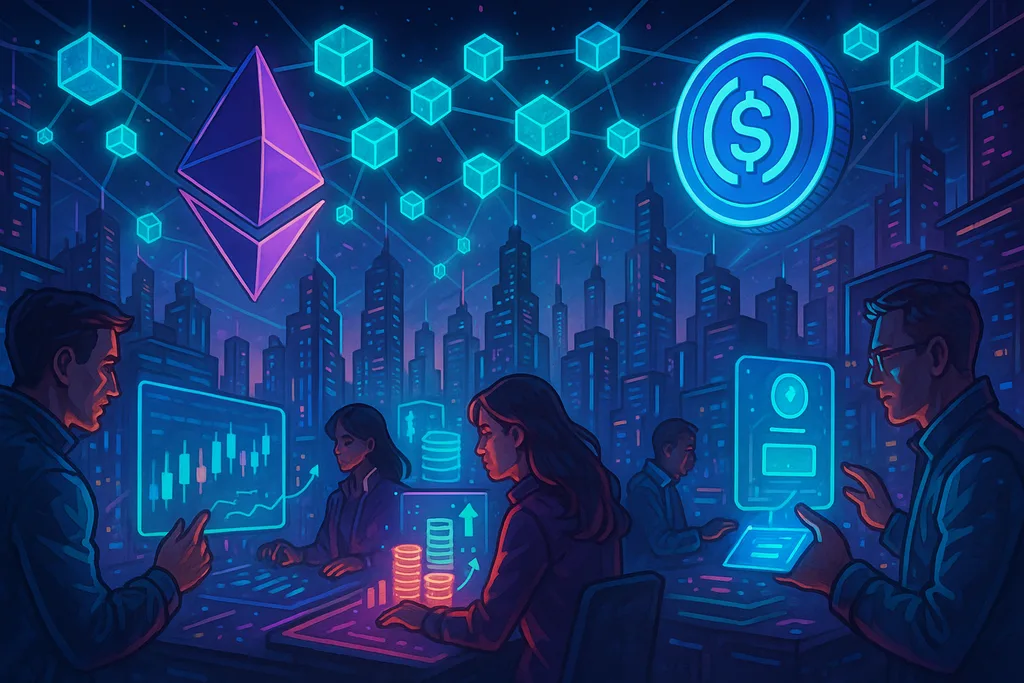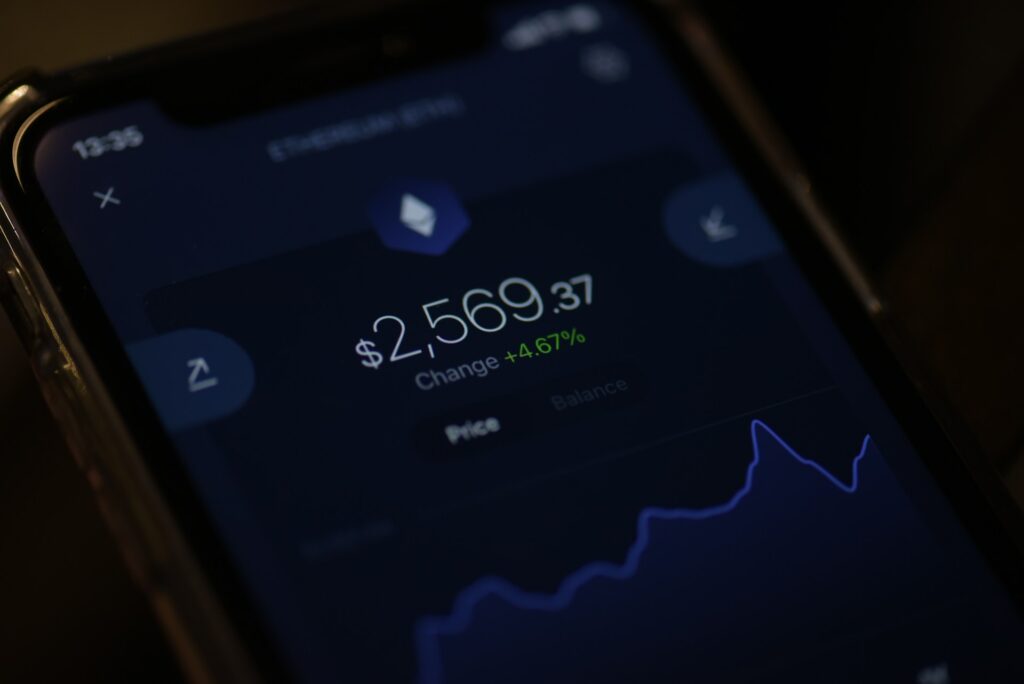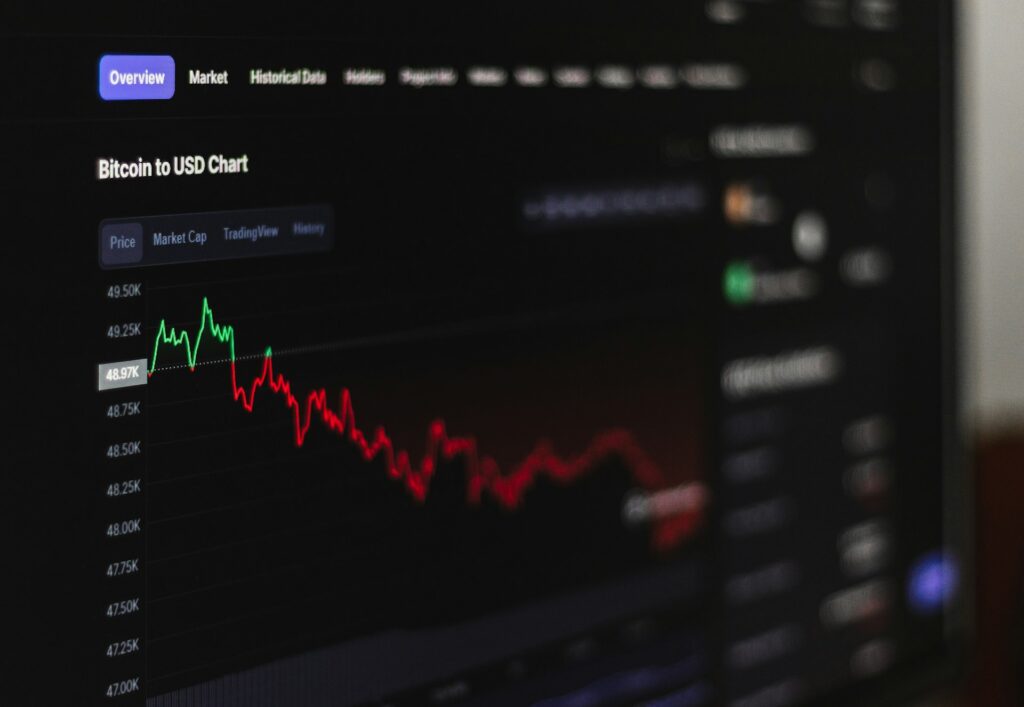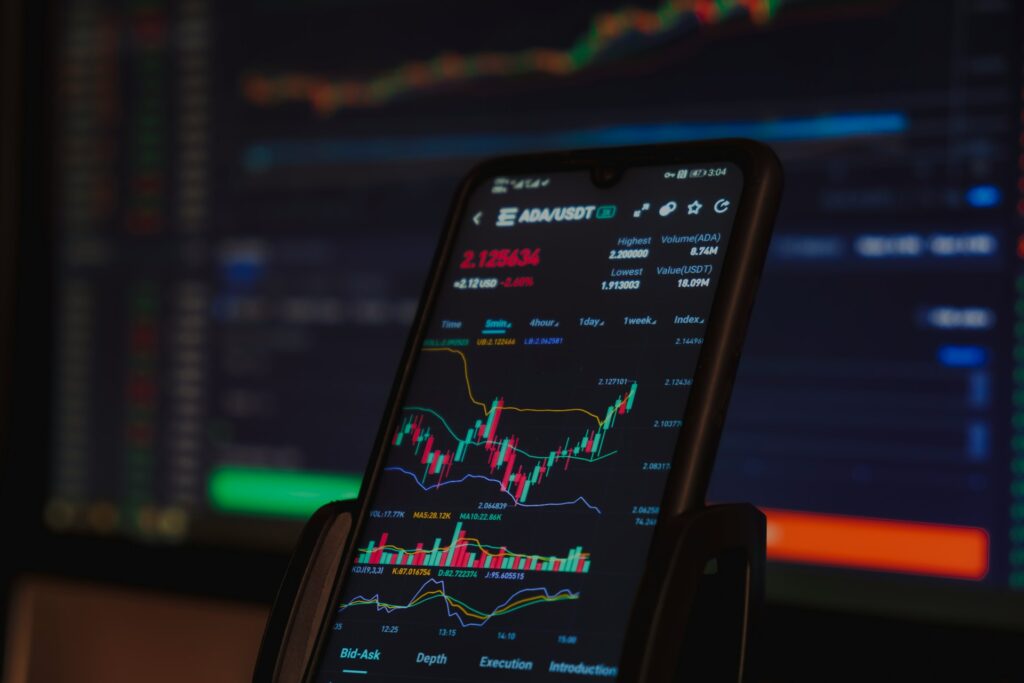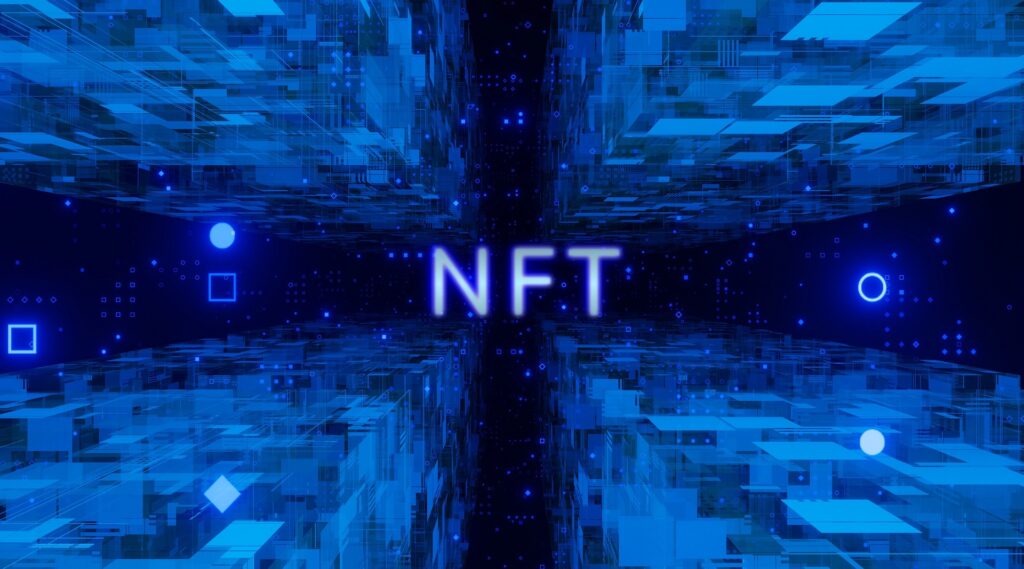A few years ago, I tried to send money to a friend abroad. Between the bank delays, currency conversion fees, and a bunch of middlemen taking their cuts, the process took five days and cost me more than it should have. That’s when I stumbled upon something called DeFi, short for Decentralized Finance.
It sounded technical at first. But once I understood the basics, I realized how powerful and disruptive this idea really was. It promised faster, cheaper, and borderless financial transactions, without needing a bank in the middle.
In this post, I’ll break down what DeFi really means, how it works, and how regular people like us are already using it. No fluff. Just a clear, beginner-friendly guide with real-world examples and practical value.
What is DeFi in crypto, and why is everyone talking about it?
Let’s start with the basics.
DeFi, or Decentralized Finance, is a system that allows people to access financial services, like lending, borrowing, trading, and earning interest, using blockchain technology and smart contracts instead of traditional banks or institutions.
Instead of dealing with paperwork, approvals, or bank managers, everything happens through code and automated protocols.
Here’s what makes DeFi different:
| Feature | Traditional Finance | DeFi |
|---|---|---|
| Middleman involved? | Yes (banks, brokers) | No (peer-to-peer) |
| Operating hours | Limited (business hours) | 24/7, global |
| ID verification required | Yes | Sometimes optional |
| Speed of transactions | Hours or days | Minutes (or seconds) |
| Access | Limited in some countries | Open to anyone with internet |
This idea exploded around 2020. People wanted more control over their money, and DeFi offered just that.
How does DeFi work?
To understand how DeFi actually works, you need to know about three main building blocks:
1. Smart contracts
These are self-executing programs on a blockchain. Think of them like vending machines. You put in a coin, press a button, and out comes your snack, no human needed!
Smart contracts do the same for financial services. For example, if you deposit crypto into a DeFi lending app, a smart contract automatically matches you with a borrower and ensures you get interest.
2. dApps (decentralized apps)
dApps are the user-friendly interfaces that run on smart contracts. They let you interact with DeFi protocols without needing to code. Examples include:
- Uniswap – for swapping crypto tokens
- Aave – for lending and borrowing
- Compound – another lending platform
- Yearn Finance – for yield farming and auto-investing
These apps usually run on Ethereum, the most popular blockchain for DeFi.
3. Stablecoins
Crypto prices can swing wildly, which isn’t great for everyday transactions. That’s where stablecoins like USDT (Tether), USDC, or DAI come in. They’re pegged to real-world currencies like the US dollar, helping users avoid crazy volatility.
Real-life examples: how people are using DeFi today
To give you a more grounded view, let’s look at a few real-world use cases from Reddit threads and crypto forums (with details simplified):
1. Earning passive income with DeFi
One Reddit user shared how they deposited $1,000 worth of USDC into Aave and started earning around 5% annual interest. That’s better than most banks, especially since many savings accounts offer less than 1% today.
They didn’t need approval or paperwork. Just connected their MetaMask wallet and clicked a few buttons.
2. Sending money abroad without fees
Another example: someone from India shared how they used DeFi to send ETH to a cousin in Canada within minutes, with just a small gas fee. No need for PayPal, banks, or exchange rates that eat into the amount.
3. Borrowing without selling crypto
There’s also a trend called collateralized lending. Let’s say you own Bitcoin but don’t want to sell it. With DeFi, you can use your BTC as collateral and borrow stablecoins like USDT or DAI. This is useful if you want cash for expenses while still holding your investment.
Pros and cons of DeFi
Like everything, DeFi has its strengths and weaknesses. Here’s a balanced view:
| Pros | Cons |
| Open to anyone with internet and a wallet | Smart contract bugs can lead to fund loss |
| Lower fees compared to banks and exchanges | High gas fees on Ethereum during peak times |
| No need for credit checks or approval | Risk of rug pulls or scams in newer protocols |
| Earn passive income through staking or lending | No customer support if you make a mistake |
| Fast transactions and instant settlements | Regulations are unclear, and your country may have restrictions |
So while DeFi is powerful, it’s important to do your own research (DYOR) and start small!
Is DeFi safe to use?
This is the #1 question everyone asks, and rightly so. The answer: It depends.
DeFi can be safe if you stick with reputable platforms, use hardware wallets, and understand the risks.
Here are some basic security tips to follow:
- Use a trusted wallet like MetaMask or Trust Wallet
- Always double-check the website URL before connecting
- Stick to platforms with audited smart contracts
- Start with small amounts to test how things work
- Enable 2FA where possible
No system is 100% risk-free, but the De-Fi space is maturing fast with better tools and protections each year.
How to get started with DeFi in less than 10 minutes?
Here’s a simple beginner roadmap:
Step 1: Set up a crypto wallet
Use MetaMask (browser extension or mobile app). It’s free and easy to install.
Step 2: Buy some crypto
You’ll need ETH or a stablecoin like USDC. You can buy from exchanges like Coinbase, Binance, or any local exchange in your country.
Step 3: Transfer crypto to your wallet
Once you buy it, send it from the exchange to your MetaMask wallet.
Step 4: Connect to a DeFi dApp
Go to a platform like Uniswap or Aave. Connect your wallet. You’re now ready to lend, swap, or stake.
Step 5: Start small and explore
Maybe lend $50 worth of USDC and see how it works. You don’t need to go all-in from day one.
What’s next for DeFi?
DeFi isn’t a passing trend. It’s growing into a full-blown financial system. According to DeFiLlama, the total value locked (TVL) in DeFi platforms crossed $50 billion in 2025. That number was just a few million in 2019.
Here are a few exciting developments on the horizon:
- DeFi on Bitcoin: While Ethereum dominates now, new layers like Stacks are bringing DeFi to Bitcoin.
- Real-world assets (RWA): People are tokenizing real estate, art, and even invoices for DeFi usage.
- Cross-chain DeFi: Soon, you’ll be able to use one wallet to interact with multiple blockchains easily.
- DeFi regulations: Countries like the US and UK are working on DeFi-specific regulations, which might give it more legitimacy.
We’re still early. Just like the internet in the 90s, there’s a lot of experimentation, risk, and reward.
Why I believe DeFi is here to stay
I’m not a crypto millionaire. I’ve made mistakes, lost a bit here and there, and learned a lot. But I truly believe DeFi has changed the game. It’s not just for tech nerds anymore.
DeFi gives regular people a chance to control their own money, invest in new ways, and escape outdated banking systems. It’s not perfect, but it’s evolving fast, and it’s worth paying attention to.
If you’ve been on the fence, I’d suggest just trying it with a small amount. Explore, learn, and keep your eyes open. You might be surprised at what you find.
Bonus: Beginner-friendly DeFi tools and sites
Here’s a short list of helpful tools if you’re just getting started:
With over five years of experience in the tech industry, Kazim excels at simplifying complex topics, making them accessible to tech enthusiasts and general readers alike.
He has contributed to several renowned publications worldwide, including WindowsReport and Allthings.how, bringing insightful coverage of key developments in the field.
When he’s not writing, you’ll find Kazim planning weekend getaways or diving into tech verticals beyond his expertise.
